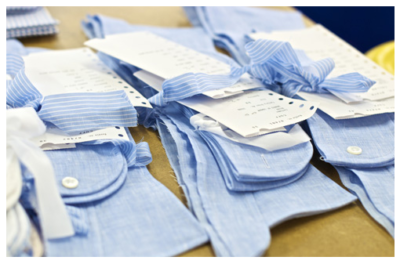foxandhound
Well-Known Member
- Messages
- 169
Interesting, as I'm completely shaved on my head due to baldness and I find that it needs to be lower that 4C/39F, any higher and I get a terrible spot somewhere on the forehead that takes about 4-6 weeks to disappear.
That's because my brain is four or five sentences ahead, or it could just be I'm 2-3 pre-dinner drinks ahead fo everyone else.


